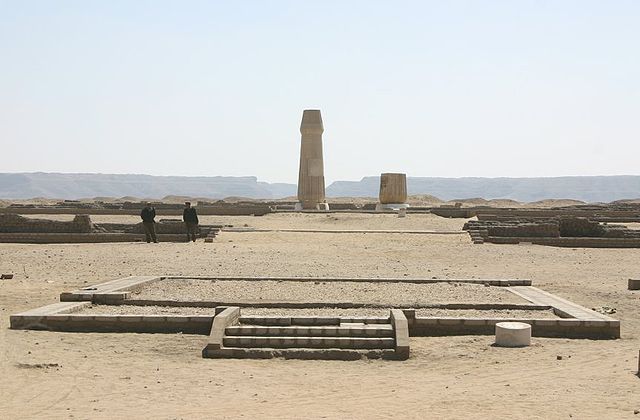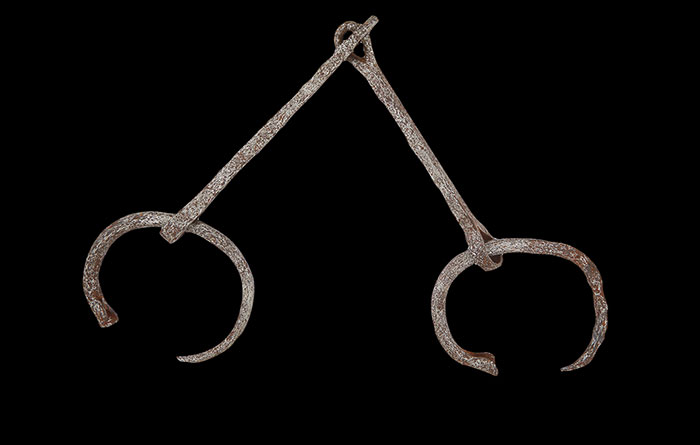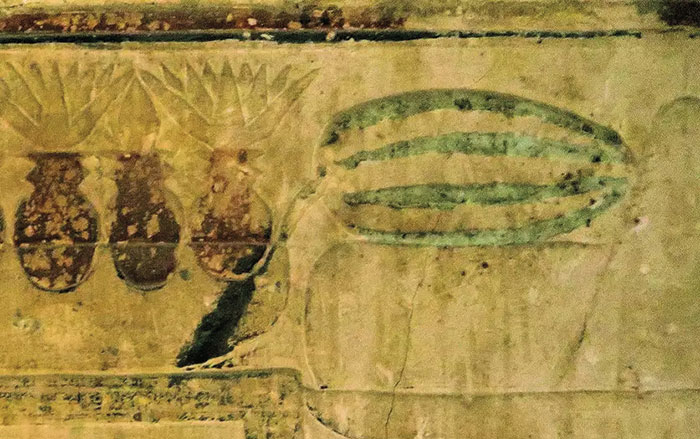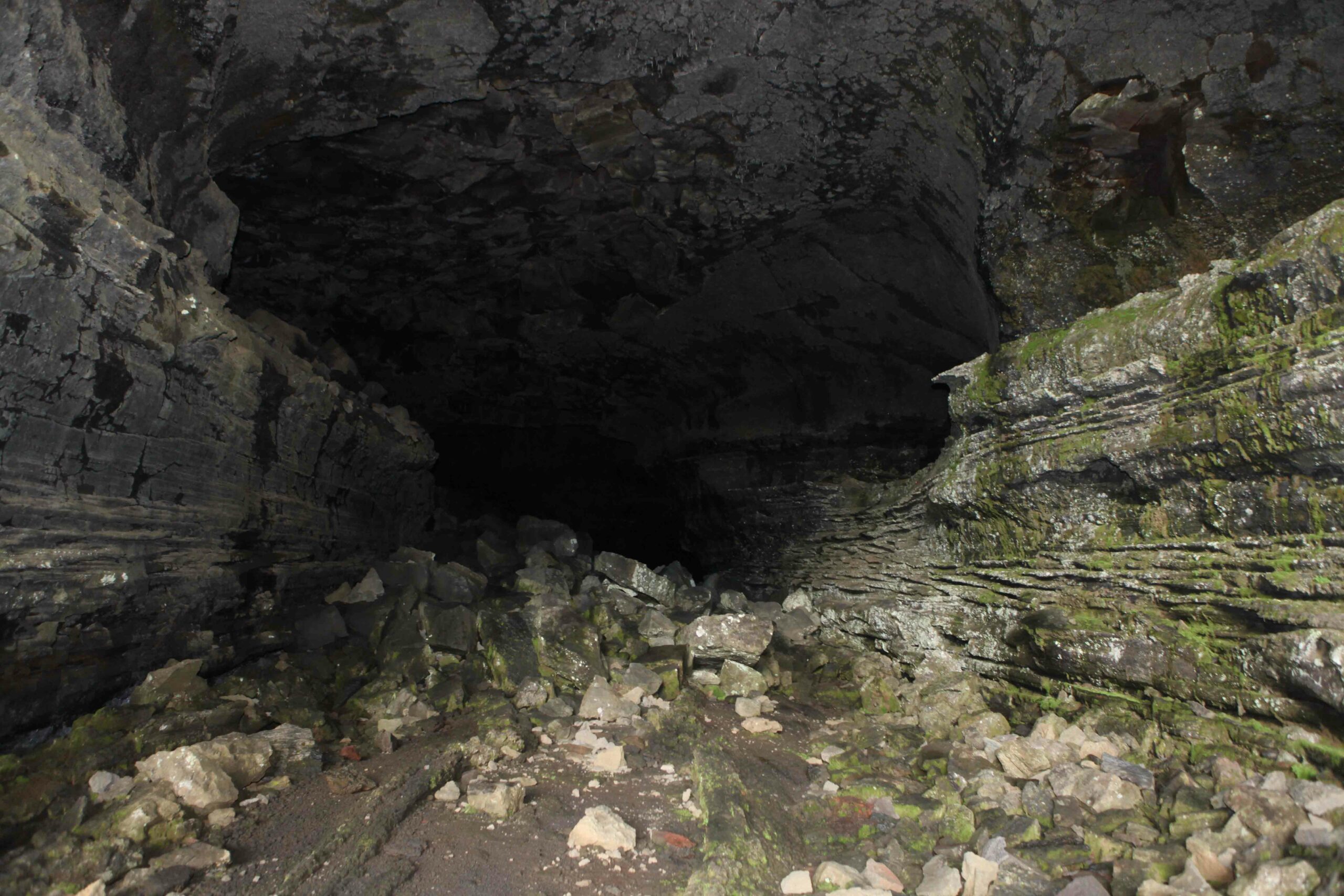
CARBONDALE, ILLINOIS—According to a report in The Guardian, a team of researchers led by Gretchen Dabbs of Southern Illinois University examined the skeletons of 105 individuals whose remains were recovered from the North Tombs Cemetery at Amarna, the short-lived city built by the so-called heretic pharaoh Akhenaten, who died in 1332 B.C. The entire cemetery, which is located near an ancient stone quarry, could contain thousands of burials. The analysis revealed that more than 90 percent of the deceased in the sample had been between the ages of seven and 25, with most under the age of 15. Adolescents usually experience robust health, but the majority of the teens in the sample showed signs of traumatic injuries and degenerative conditions associated with heavy workloads. The researchers also note that the young people may not been buried by their families, since the graves lacked grave goods, and multiple bodies had been stacked in many of them. The young workers may have been the children of slaves, or captured for the purpose of building the pharaoh’s city. For more, go to “In Search of History's Greatest Rulers: Nefertiti, Great Royal Wife and Queen of Egypt.”










